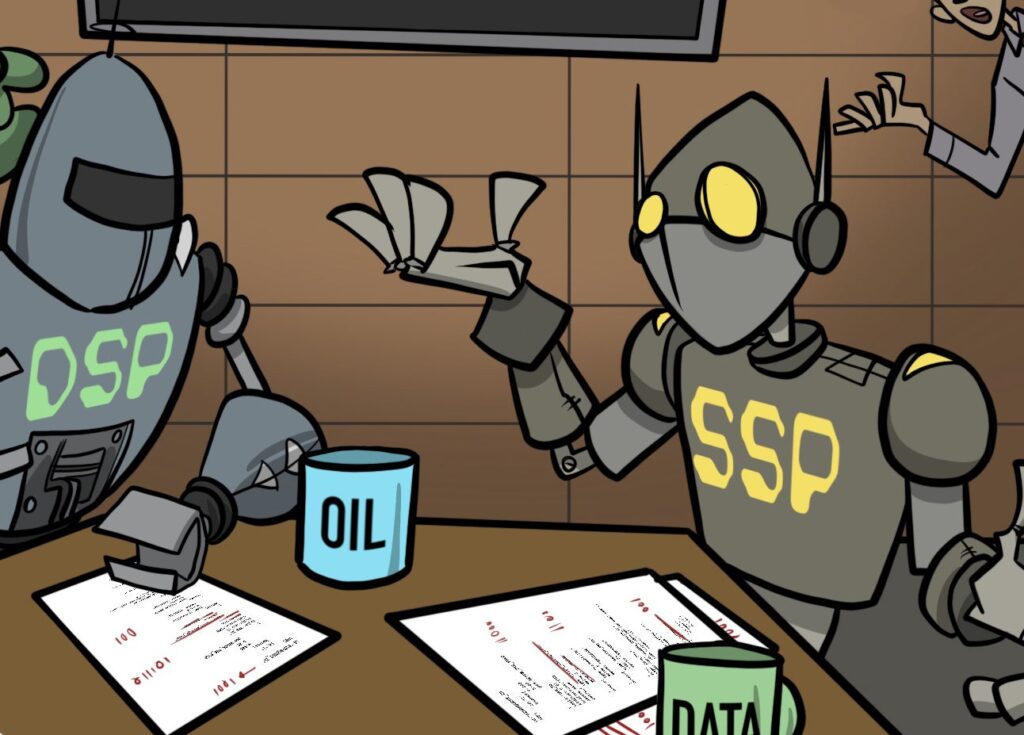As much as we respect and admire Ray Schultz for his balanced perspective and genuine reportorial talent, we have to differ with a few of the points made in his recent critique of our new book, “Return on Customer: Creating Maximum Value From Your Scarcest Resource (“The CRM Cynic: Don and Martha ROC and Roll,” The CRM Loop, July 28, 2005).
First, it’s important to understand that Return on Customer is not just another way to express return on investment using customers. ROI and ROC are in fact completely different metrics, and will produce completely different decisions. Virtually all the financial measures now being used to evaluate marketing decisions have a fatal flaw: Each assumes there are an infinite supply of customers and prospects. But the truth is that most firms run out of customers before they run out of cash to invest in them.
To take a very simple example, suppose you are considering two different marketing initiatives, as follows:
*Treatment A requires a $10 investment per customer to create $20 in total value, so ROI = 100%.
*Treatment B requires a $20 investment per customer to create $35 in total value, and therefore ROI = 75%.
Most people would choose Treatment A because it has a higher ROI. Every dollar invested in Treatment A yields $1 in net profit, compared with only 75 cents in profit per dollar invested in Treatment B.
But what if your firm only has, say, 1,000 customers altogether? If that were the case, then Treatment A would create $10,000 in net new value from the customers available ($10 net value per customer times 1,000 customers), but Treatment B would result in a larger total of $15,000 of net new value ($15 net value per customer times 1,000 customers).
Clearly, choosing your marketing initiative based on ROI would produce the wrong decision in this case, while ROC would produce the right one. (ROC will give the correct result every time, in fact, provided that ROC is greater than zero and the ROI you achieve remains above your cost of capital.)
But second, Ray suggests that ROC is based on lifetime value (LTV), and since LTV is as old as the direct marketing hills, ROC must not be such a new concept. Well, we agree that lifetime value is a tried and true foundation of direct marketing, and is fast becoming an important concept for all marketers. Customer LTV is most often used to identify a company’s most valuable customers and prospects, either to improve acquisition targeting or single out particular customers for better service.
Return on Customer, however, is based not just on LTV, but also on changes in LTV. How you treat a customer or prospective customer today often will change that customer’s LTV, and the amount of this change is real value that you are actually creating (or destroying) today, whether you measure it or not.
However, even though some sophisticated companies (like Royal Bank of Canada) have begun modeling LTV changes to help evaluate their actions, the plain fact is that no one—not even the shrewdest direct marketer—has yet written anything about tracking LTV change as an aid to making decisions. We’ve been searching the academic and trade literature for two years and we haven’t found a single example. That’s why we maintain that Return on Customer is in fact that rarest of things in business—a truly new idea.
Finally, it’s very important to remember that Return on Customer is not just a metric, but a philosophy based on earning the trust of customers. Research shows that companies with the best reputations for customer advocacy get the most additional business, for the simple reason that when a customer perceives you to be acting in his own interest, then he benefits every time he deals with you.
Now this is a time-honored principle of good direct marketing, and we freely plead guilty to ripping it off for our new book. All we’re trying to do in “Return on Customer” is to give this principle a sound, quantitative rationale.
Don Peppers and Martha Rogers are founding partners of Peppers & Rogers Group, Norwalk, CT, a division of Carlson Marketing Group. Together they have written seven books on one-to-one marketing and customer relationship issues.
To comment on this piece, please e-mail us at rschultz@primediabusiness.com



